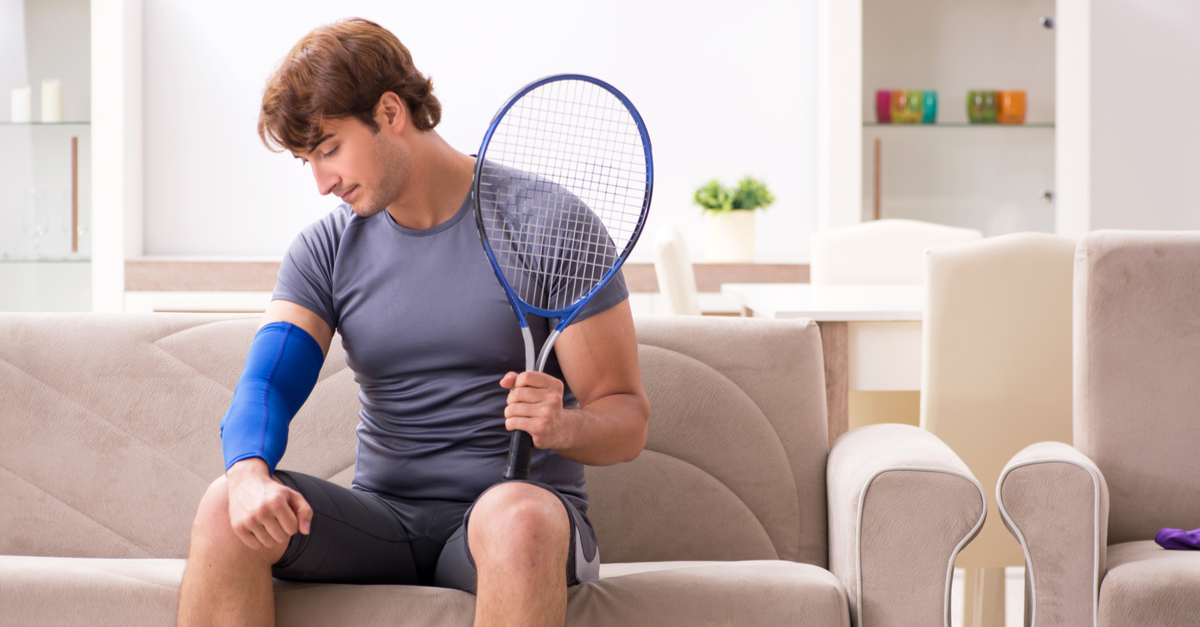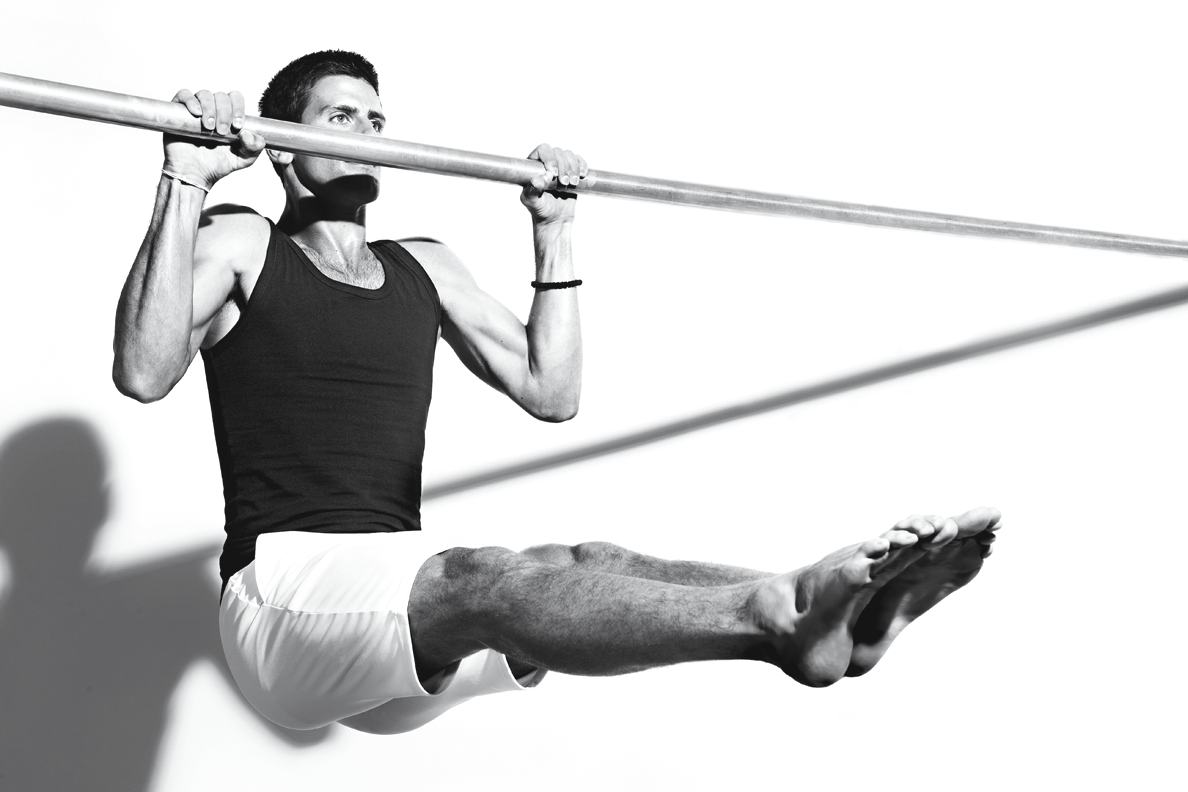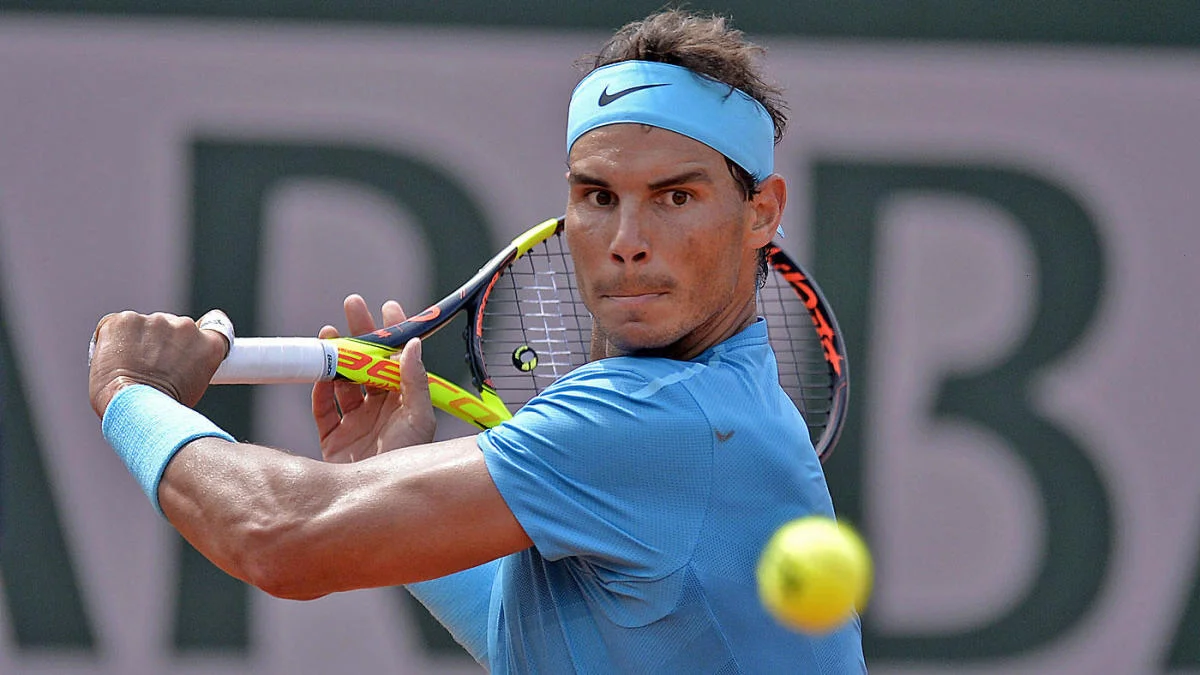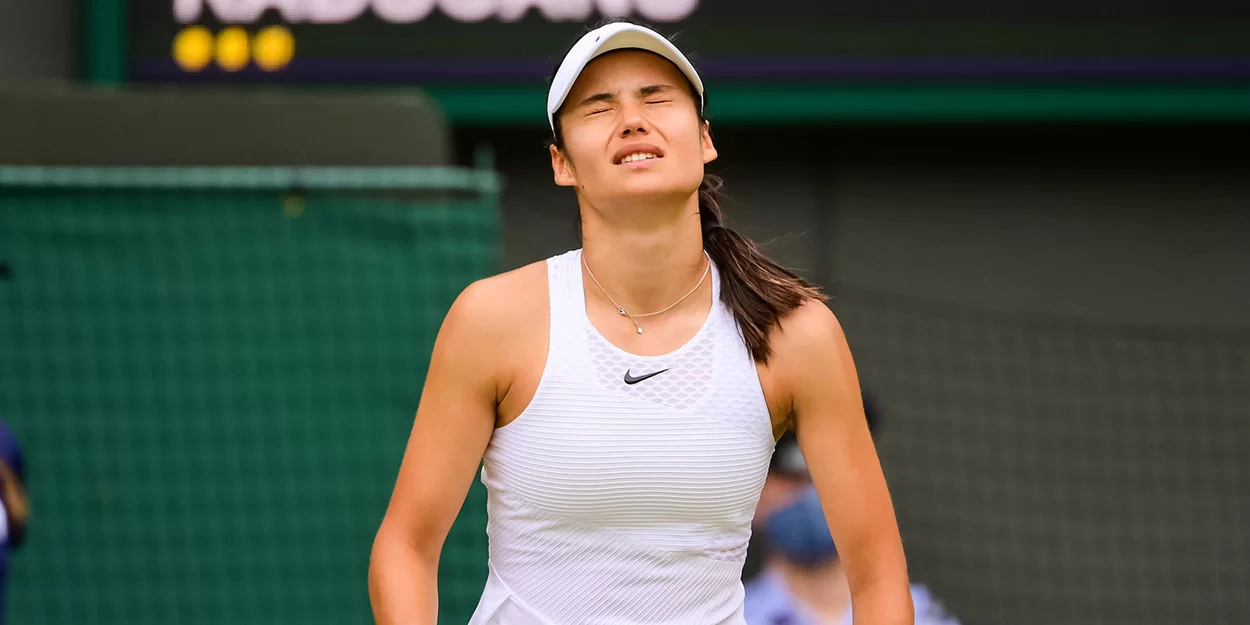Tennis News
What is a sports injury? How to identify the problem.
Whether you are keen to boost your fitness, play competitively, or simply increase your general wellbeing, there are many good reasons to take part in sports. While the benefits of any form of exercise should outweigh the risks, at some point most people will experience an injury of some kind, ranging from minor strains and sprains to more serious injuries, such as dislocations and fractures. Let’s take a look at what is a sports injury and how to identify the problem…
Identifying the problem
Many minor injuries can be treated simply and effectively at home, while more serious injuries may require professional help. Learning how to recognise the symptoms and identify your injury will guide you towards the most appropriate treatment, and, in turn help you to return to your chosen activity more rapidly.
What is a sports injury?
A sports injury is any form of stress placed upon your body during sporting activity that prevents it from functioning to the full, and which requires a period of recovery to allow your body to heal. It usually affects your musculoskeletal system – your bones, muscles, tendons and cartilage – and often results in pain, swelling, tenderness and the inability to use, or place weight on, the affected area.
Sports injuries can be divided into two types: acute or “traumatic” injuries, which occur as the result of a specific impact or traumatic event; and chronic or “over-use” injuries, which result from wear and tear on the body and occur over an extended period of time. Acute injuries include bone fractures, muscle and tendon strains, ligament sprains and bruising. they are common among players of collision or contact sports, such as rugby, football and ice-hockey. Chronic injuries include tendinopathy, bursitis and stress fractures; they are more common among participants in endurance sports such as long-distance running, and in people who play individual sports involving repetitive movements, such as tennis, gymnastics and weightlifting.

Understanding the causes
There are a number of common risk factors that can lead to a sports injury, ranging from the continual repetition of an action using a poor technique to wearing inappropriate footwear. while accidents do happen, there are numerous ways that you can reduce your risk of sustaining an injury.
Most common sports injuries
- groin strains
- shin splints
- neck strain
- lower back injury
- pulled muscles
- fractured bones
- rotator cuff tendinopathy
- tennis elbow
- ankle sprain
- runner’s knee
- Achilles tendinopathy
- knee ligament rupture
Most common causes of injury
Failure to warm up
-
resulting in your muscles being less responsive and prone to strain.
- which increases the risk of chronic injury by putting continuous pressure on your body.
- which applies forces to your tissues for which they are unprepared.
- or ignoring the rules of a sporting activity and so increasing the risk of an accident.
- often the result of an impact or collision and usually occurring suddenly.
- so your body may not be adequately supported or protected from shock.
- leading to overloading on body tissues – especially if carried out repeatedly.
- which can weaken your body and make it more susceptible to other injuries
- which are intrinsic (belonging to you) and influence the shape and structure of your joints.
- which can lead to a loss of strength in your body.
- which will decrease your range of motion and limit some of your body’s capabilities.
- (a condition which, if you have it, you should already be aware of), which can make it difficult for you to control and stabilise your joints.
Overtraining
Excessive loading on the body
Not taking safety precautions
An accident
Inappropriate equipment
Poor exercise technique
Recurring injury
Genetic factors
Muscle weakness or imbalance
Lack of flexibility
Joint laxity

Anatomy of a sports injury
Muscles are tissues that can be contracted to produce force and create motion. The skeletal muscle, which is attached to and covers the skeleton, is prone to being strained or “pulled” – an injury that involves the tearing of the muscle fibres.
Bones protect your internal organs and are connected together by ligaments to form the skeleton. Bone fractures and breakages often damage surrounding soft tissue.
Joints are capsules – made of cartilage, busae, ligaments and tendons – that hold together two or more bones and facilitate movement. partial or full dislocation of the joints can occur.
Cartilage is a fibrous connective tissue that forms smooth surfaces over the ends of the bones where they meet the joints, allowing movement and absorbing imoact and friction. Worn or torn cartilage is a common side effect of joint injuries and is commonly caused by trauma.
Bursae are small sacs of fluid that reduce friction within some of the joints and are usually located where muscles and tendons slide across bones. Bursitis is inflammation due to overuse or infection.
Ligaments are fibrous, connective tissues that connect bones, providing stability within joints and limiting movement of the limbs. An overstretched or torn ligament is known as a sprain.
Tendons are fibrous, connective tissues that connect muscles to bones and help produce movement by enabling force to be exerted on bones. Tendons can be strained or ruptured and tendinopathy is pain caused by overuse or repetitive motion.

Information Source
Extracts were taken from “The BMA Guide to Sports Injuries” available online, ISBN 978-1-4053-5428-8, a comprehensive, user-friendly and clearly illustrated reference for anyone involved in sport or physical activities – from players and coaches to personal trainers.
We certainly recommend this book for tennis parents and parents whose children are involved in performance sports.
Zoe Alexander is not sponsored by the BMA nor has any connection with the BMA. The book was sourced by us as an informative guide to help us as tennis parents to understand the risks associated with our children playing performance tennis.



Thank you for this insightful article! As a parent, it’s crucial to be aware of the signs and symptoms of sports injuries in our young athletes. Your clear explanation and helpful tips make it easier for us to identify and address any potential issues. Keep up the great work in providing valuable information for parents and coaches alike